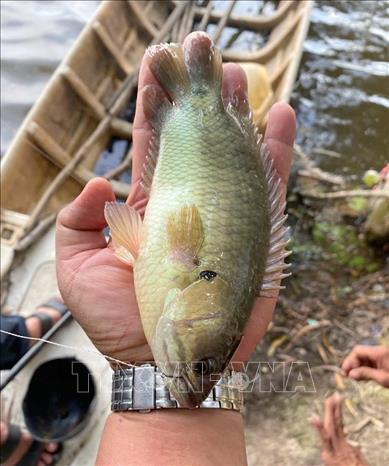
However, climate change has been a major challenge, directly and permanently affecting one of the largest rice granaries in the Mekong Delta and the whole country. In that context, An Giang is gradually changing its production mindset, boldly applying technological and ecological solutions to increase production value, contribute to increasing income, reduce environmental impact, and move towards a green and sustainable production.
Multidimensional benefits
As one of the pioneer farmers participating in the application of the model of "growing lotus, raising yellow catfish, drying, combining eco-tourism", Mr. Nguyen Tan Tai (Vinh Trung commune, Tinh Bien town, An Giang province) has made the most of land area and water resources, reduced production costs, brought higher economic efficiency than the previous traditional rice farming method, and contributed to environmental protection.
Mr. Tai said: his family's production land is located in the buffer zone of Tra Su canal, only producing rice 2 crops/year, the land is left fallow during flood season so the family's economy is unstable. When he was approached with the new model from the Mekong NbS Project sponsored by the World Wide Fund for Nature in Vietnam (WWF Vietnam) with the advice of experts from the Institute of Climate Change - An Giang University (Ho Chi Minh City National University) piloted in Van Giao and Vinh Trung communes (Tinh Bien town), he boldly participated. With nearly 1 hectare of his family's land, Mr. Tai has linked up with 5 households with adjacent land and rented an additional 44 hectares of surrounding land to develop the model.
Participating in this model, farmers were supported by the Mekong NbS Project with nearly 180 million VND (including catfish fry, nets surrounding the fields, lotus seeds, fish feed, investment in drying fish, etc.), and people contributed more than 200 million VND (mainly the cost of buying trees to fence the fields and labor, etc.). After more than 3 months of implementation, this model brought in a revenue of nearly 420 million VND, after deducting costs, farmers had a net profit of more than 160 million VND.
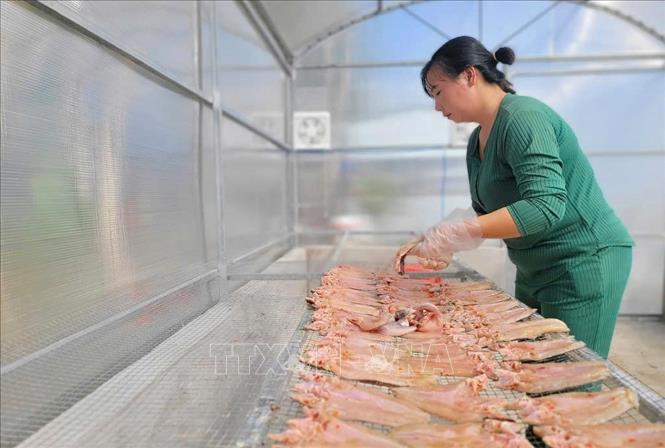
“This farming model relies entirely on nature, using almost no fertilizer or pesticides, but brings in very high income; on the same farming area, farmers can increase profits with income from lotus plants (lotus shoots, silk lotus, lotus flowers, etc.), fish (farmed yellow catfish and wild fish) and tourists. Not to mention, the yellow catfish and wild fish that are not sold immediately can be processed into dried fish for long-term sale,” Mr. Tai shared.
In particular, by participating in the model, farmers are supported and closely connected with businesses and start-ups that consume products such as lotus tea, lotus mirrors, OCOP dried fish, etc. to create added value, both generating income and promoting products as well as the image of the locality.
Master Trinh Phuoc Nguyen, Deputy Director of the Institute of Climate Change - An Giang University said: An Giang has a lot of potential and room to develop organic agriculture, in the direction of "following nature". This is considered an inevitable trend in the context of climate change posing many challenges for the sustainable development of the Mekong Delta as well as the agricultural sector of Vietnam and the world.
Along with that, the trend of people consuming clean and natural products will help increase brand value, expand the consumer market for organic agricultural products, produced in a "friendly" direction, ... with more competitive prices.
In fact, in An Giang, many agricultural cultivation solutions have been implemented in the direction of "following nature" such as: "Project for sustainable development of 1 million hectares of high-quality and low-emission rice cultivation associated with green growth in the Mekong Delta by 2030"; smart rice cultivation model adapting to climate change; model of using organic fertilizers and biological pesticides; circular farming; economy under forest canopy; model of natural fish storage, supplementary fish farming in flood season and rice care; natural fish storage, supplementary fish farming, combined with lotus cultivation and ecotourism; model of deep-flooded rice cultivation in flood season, etc. have brought initial results, contributing to increasing income for farmers.
Profit Optimization
With the orientation of sustainable agricultural development, An Giang province has been promoting the implementation of the Project on restructuring the province's agricultural production and effectively implementing the Project on sustainable development of one million hectares of high-quality, low-emission rice cultivation associated with green growth in the Mekong Delta region by 2030 in An Giang.
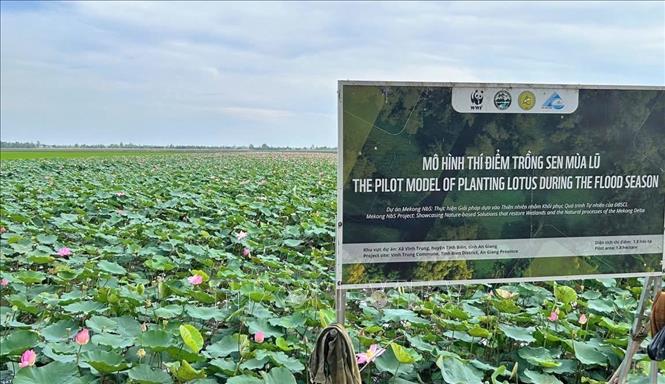
At the same time, maintain and replicate ecological - organic agricultural models to improve and protect the environment... thereby propagating, mobilizing, and guiding farmers to gradually change their production mindset, boldly apply science and technology to increase production value, develop organic agriculture, link product consumption... bringing high economic efficiency.
Ms. Luu Thi Lan, Mekong NbS Project Manager, World Wildlife Fund in Vietnam (WWF Vietnam) said that WWF Vietnam is currently piloting 7 "natural" livelihood models in An Giang province. Through these models, WWF Vietnam hopes to change farmers' farming habits, moving towards traditional farming methods, relying on nature, helping to make the soil more fertile, increasing productivity, and reducing diseases. Aiming for the goal of sustainable agricultural development.
In order to gradually transform from traditional agriculture to organic agriculture, a trend of "following nature", Ms. Luu Thi Lan said that in the coming time, An Giang needs to effectively implement the project of sustainable development of one million hectares of high-quality, low-emission rice cultivation associated with green growth in the Mekong Delta region by 2030.
However, to optimize profits and ensure long-term sustainability, An Giang needs to focus on reducing labor and fertilizer costs through mechanization and improving production processes. In addition, it is necessary to develop flexible management plans to respond to climate change and optimize the crop calendar throughout the year.
"Increasing the introduction and promotion of OCOP products and developing eco-tourism will help increase product value and expand the market, creating a solid foundation for sustainable agricultural development in the locality," noted Ms. Luu Thi Lan, Mekong NbS Project Manager, International Union for Conservation of Nature in Vietnam.
In order for the agricultural sector to develop in a modern direction, applying high technology, organic agriculture, and circular agriculture, Deputy Director of the Department of Agriculture and Rural Development of An Giang province, Tran Thanh Hiep, said: In the coming time, An Giang will focus on effectively implementing the Project on sustainable development of one million hectares of high-quality, low-emission rice cultivation associated with green growth in the Mekong Delta region by 2030. In 2025 alone, the province strives to have 44,051 hectares of production area meeting the criteria of the production process of one million hectares of high-quality, low-emission rice associated with green growth.
According to the Deputy Director of the Department of Agriculture and Rural Development of An Giang province, in recent times, farmers participating in the implementation of the One Million Hectare High-Quality Rice Project in the province have brought positive results, helping to reduce costs, reduce emissions, and increase productivity and quality. This is the premise for the project to be increasingly widespread in the following years in An Giang.
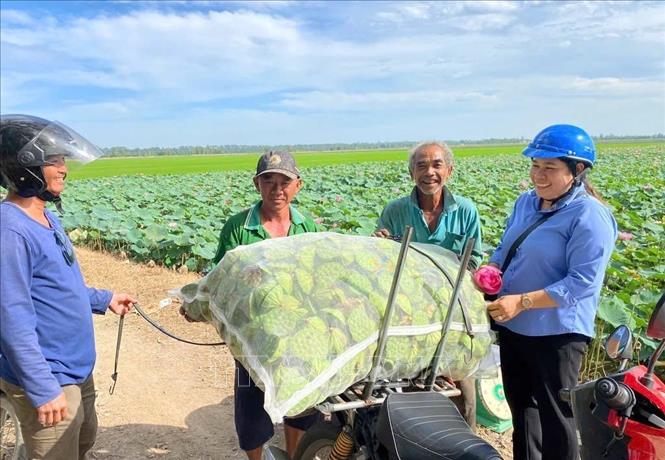
“With 8,536 hectares participating in the Project of 1 million hectares of high-quality rice cultivation in the province in 2024, the results show that the average amount of seeds has been reduced by 67kg of rice seeds/ha according to the model of 80kg/ha, the control field from 120-170 kg/ha; the average field yield is 0.1 ton/ha higher than the control; production costs are reduced by an average of 4-5 million VND/ha; the model profit is 3.6-5.3 million VND/ha higher than the control; farmers have applied mechanization in implementing the Project of 1 million hectares of high-quality rice, reaching over 70% in all stages of rice production”, Deputy Director of the Department of Agriculture and Rural Development of An Giang province, Tran Thanh Hiep, analyzed.
In addition, An Giang province will strengthen digital transformation, attract social resources to invest in agricultural development; organize production linkages according to the industry value chain effectively to increase agricultural value, overcome shortcomings in agricultural product consumption...
Source: https://doanhnghiepvn.vn/cong-nghe/ung-dung-cong-nghe-chuyen-san-xuat-nong-nghiep-theo-huong-thuan-thien/20250211084557968


![[Photo] President Luong Cuong attends the inauguration of the international container port in Hai Phong](https://vphoto.vietnam.vn/thumb/1200x675/vietnam/resource/IMAGE/2025/5/13/9544c01a03e241fdadb6f9708e1c0b65)
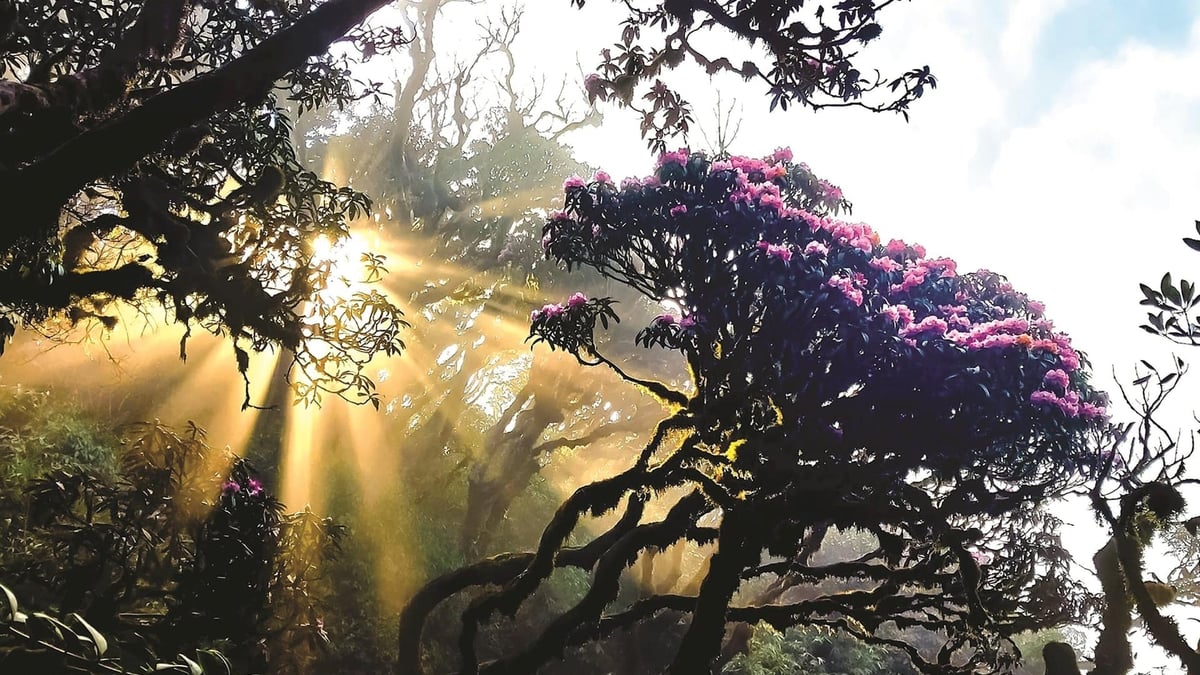
![[Photo] Prime Minister Pham Minh Chinh meets with US business representatives](https://vphoto.vietnam.vn/thumb/1200x675/vietnam/resource/IMAGE/2025/5/13/5bf2bff8977041adab2baf9944e547b5)
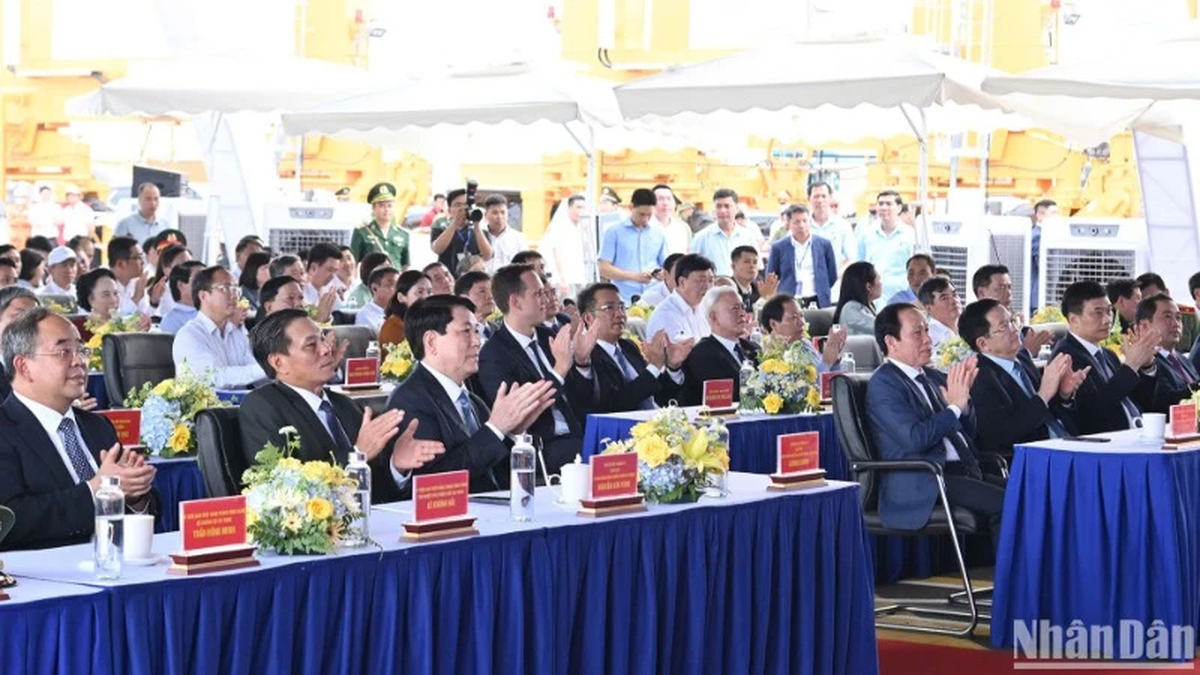

![[Photo] Prime Minister Pham Minh Chinh receives Ambassador of the French Republic to Vietnam Olivier Brochet](https://vphoto.vietnam.vn/thumb/1200x675/vietnam/resource/IMAGE/2025/5/13/f5441496fa4a456abf47c8c747d2fe92)






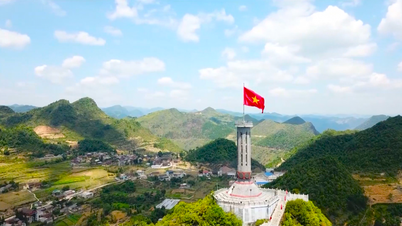
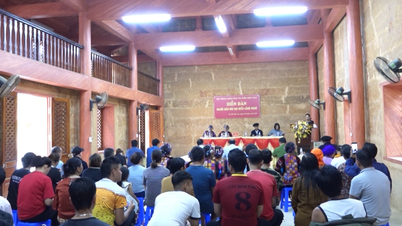





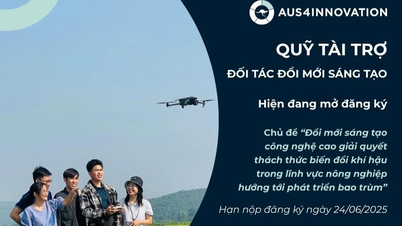





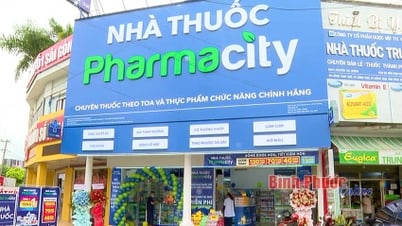


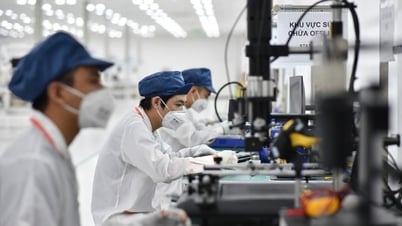
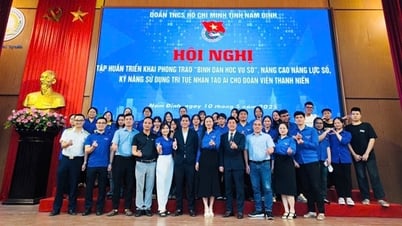
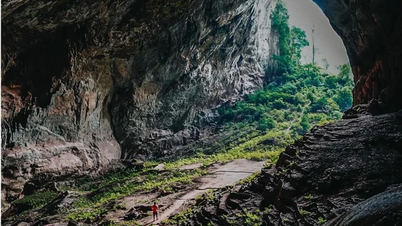

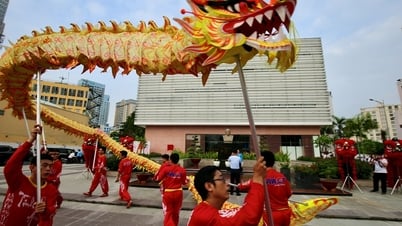

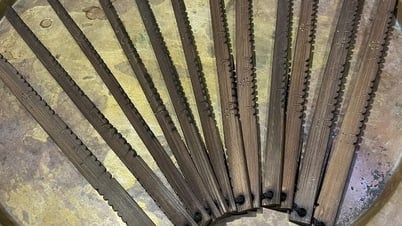

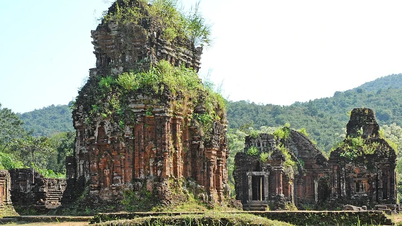

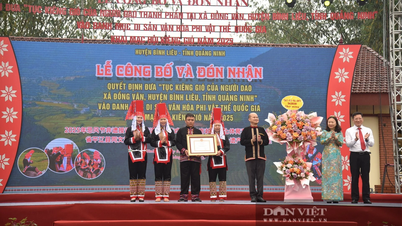

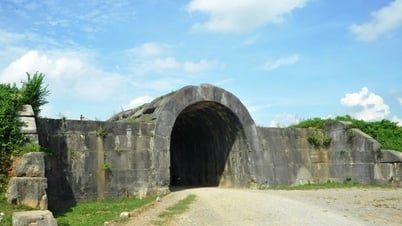
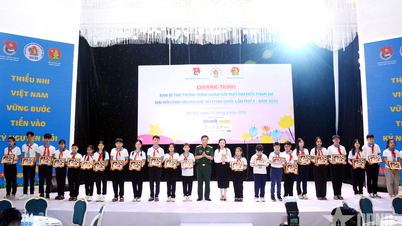


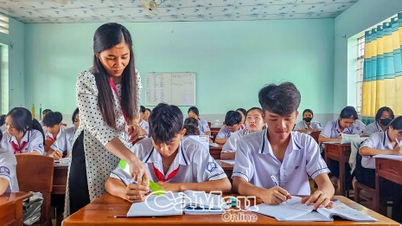

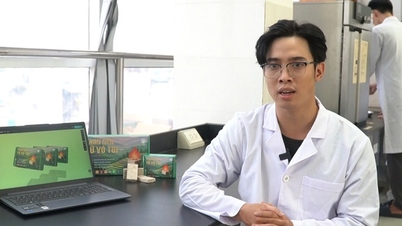

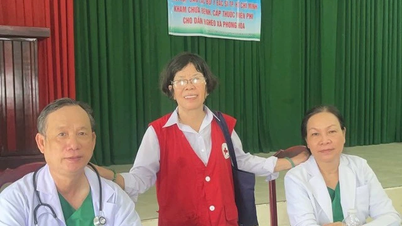



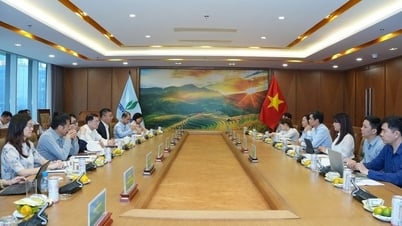

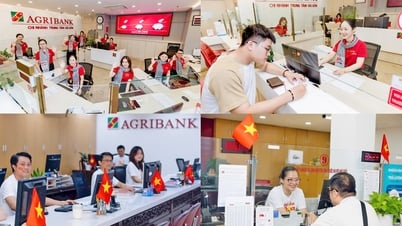



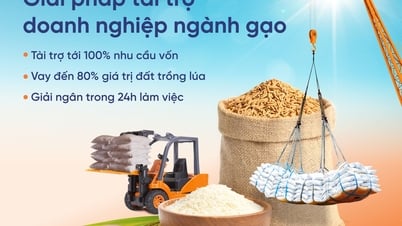
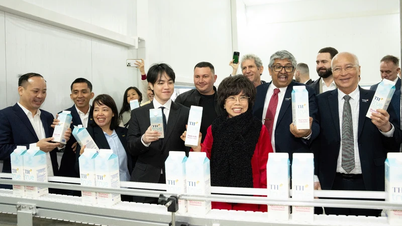

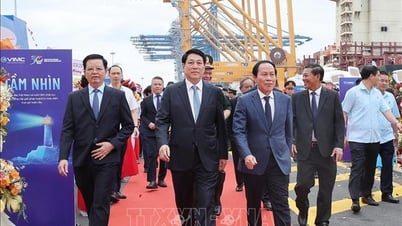




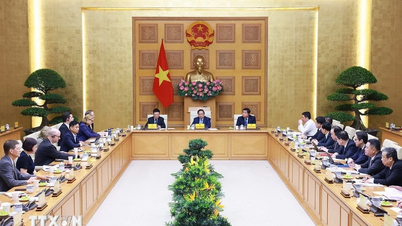


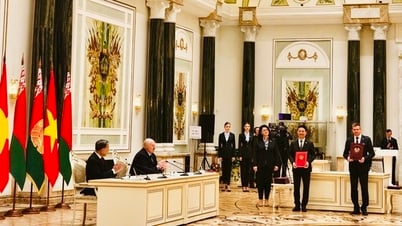

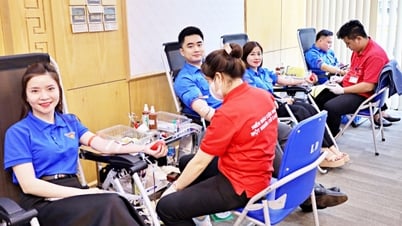

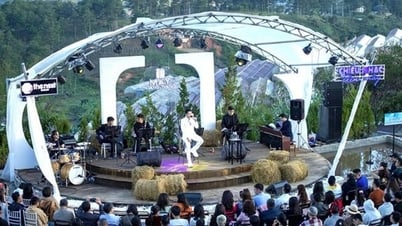

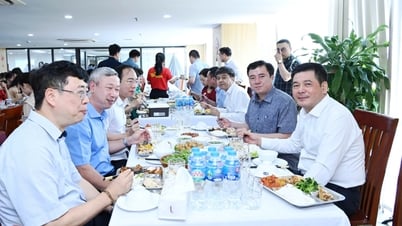
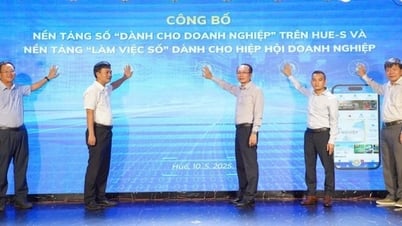

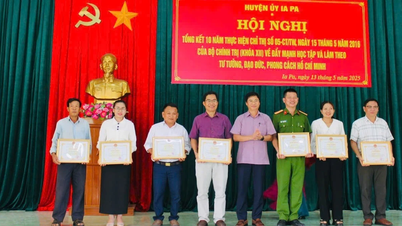

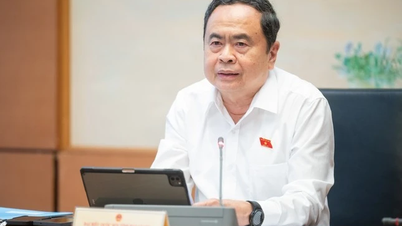
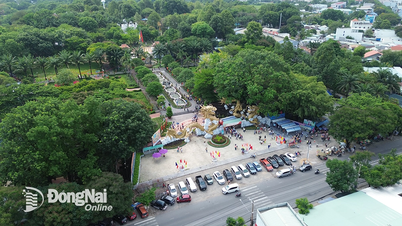

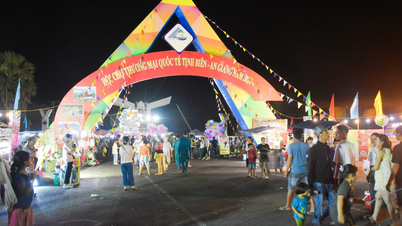
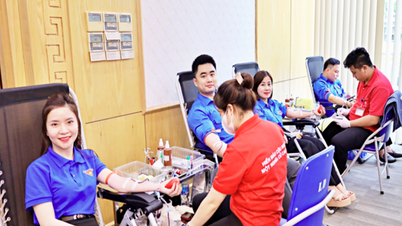



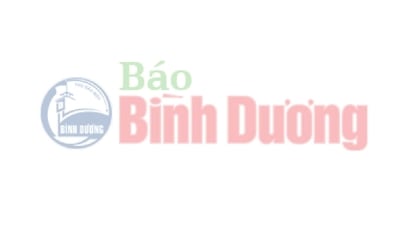

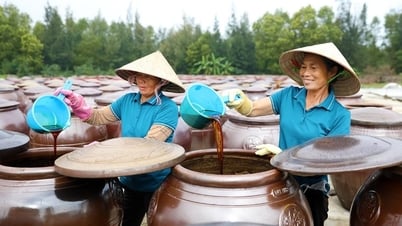

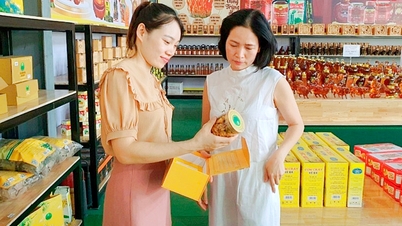

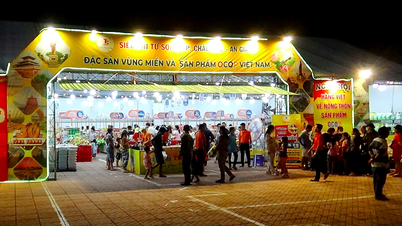

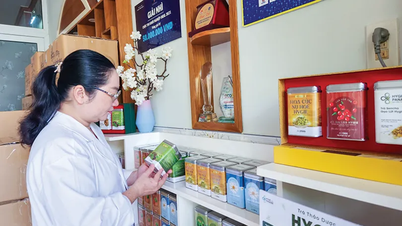

Comment (0)